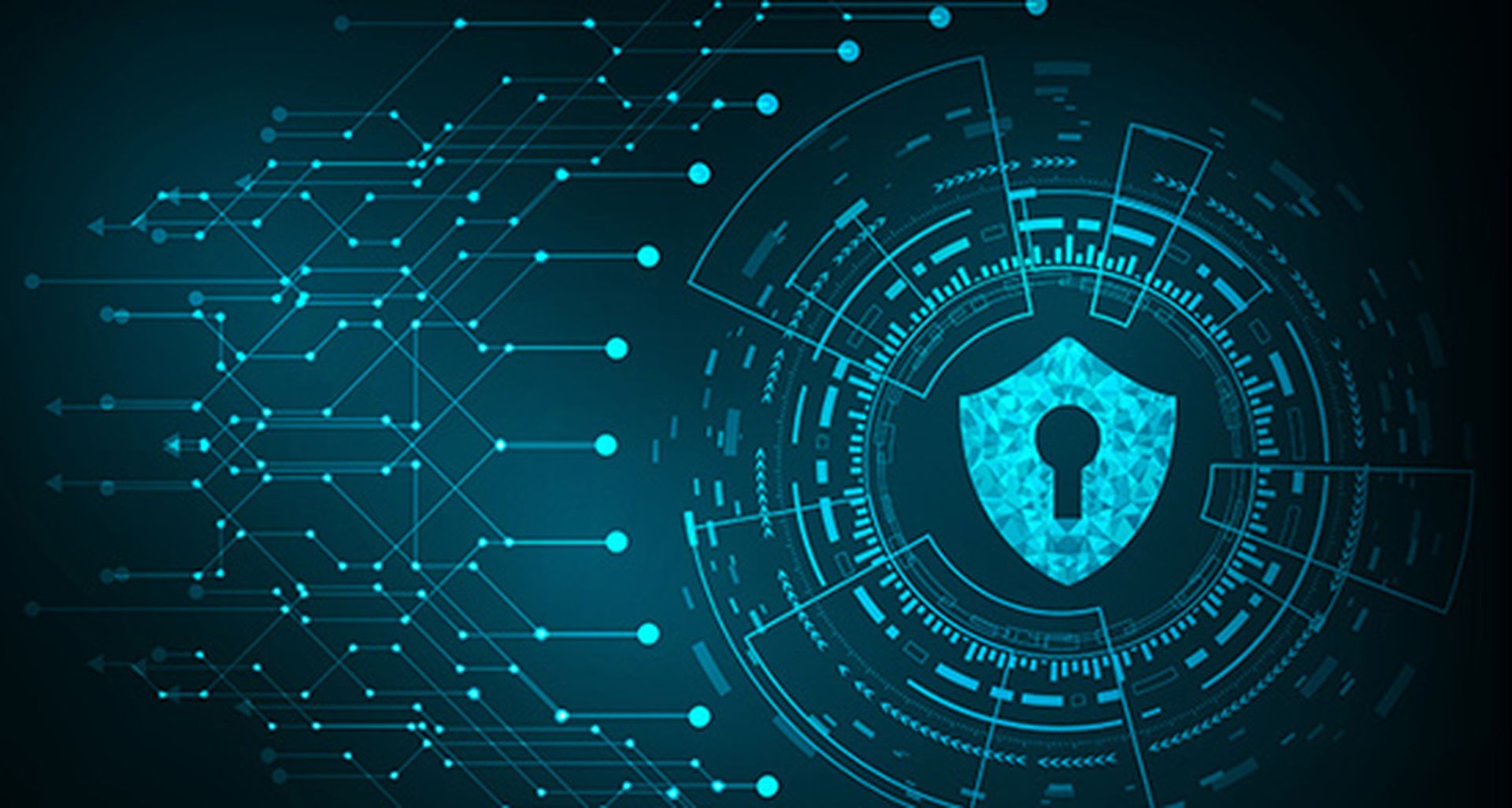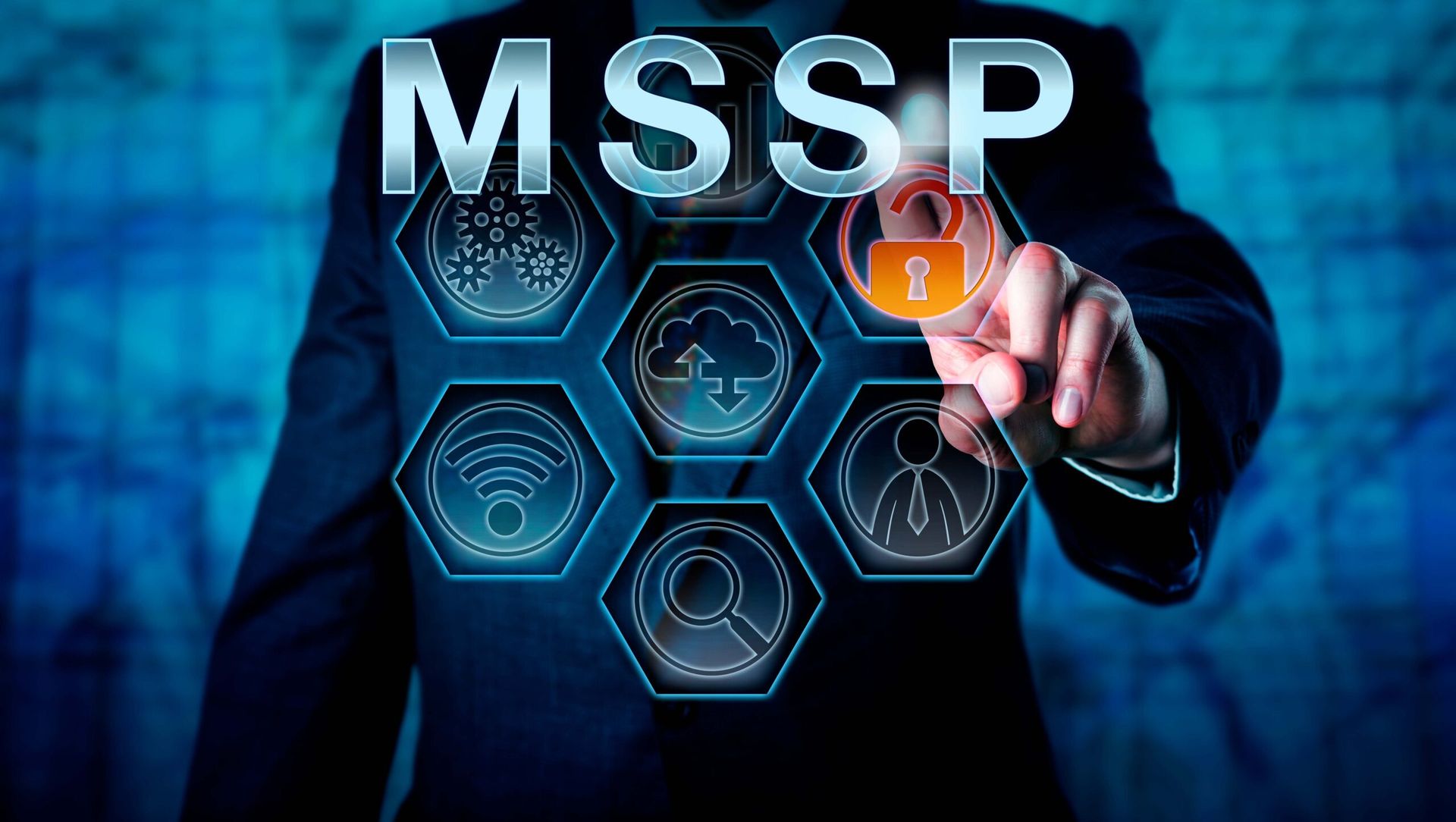MSPs are in a unique position to protect their clients with strong cybersecurity services. According to a recent survey by Arctic Wolf, more than 50% of MSPs’ total revenue came from cybersecurity services in 2022. By offering this, MSPs are helping their clients (often smaller organizations) scale, grow, and feel secure as their organizations mature.
However, MSPs are facing challenges when it comes to the cybersecurity services they offer. Similar to their clients, MSPs face resource challenges and corresponding problems like alert fatigue and an onslaught of tools. Add in their connections to, and integrations with hundreds and thousands of customers’ IT environments – and the sensitive data contained within those systems, they are desirable and highly lucrative potential targets for threat actors.
MSPs need to look at the challenges they and their clients face and develop a comprehensive security strategy that moves beyond a reliance on individual tools, allowing them to deliver more positive security outcomes for customers while driving business growth and efficiency for themselves.
Common MSP Security Challenges
While MSPs are responsible for keeping their customers operational and, in many cases, secure, it doesn’t mean they aren’t facing their own series of cybersecurity challenges. An MSP is an organization like any other, and with that comes a number of potential security risks they must continually address while caring for their customers.
Those challenges include:
Third-Party Risks
That is a lot of challenges. Not to mention that MSPs are increasingly targeted in supply chain attacks. Threat actors often target third parties because they are connected to the IT systems of customers, so picking one lock can lead to multiple unlocked doors. In fact, some of the most devastating breaches of the last few years, from SolarWinds to Kaseya to Mercury IT (a New Zealand MSP), sprung from successful third-party attacks, which makes cybersecurity for both MSPs and their customers paramount.
Thankfully, many MSPs are already on the right path. According to a recent Arctic Wolf survey:
Let’s look at that first statistic, which talks about a major solution that can transform how MSPs protect themselves and their customers: MDR.
How MDR Can Enhance MSP’s Cybersecurity Posture
As a comprehensive solution that’s focused not only on using cutting-edge technology but also security experts, MDR can transform an organization’s cybersecurity posture by helping them monitor, detect, and respond to threats.
An MDR solution can help MSPs and their customers through:
To keep up with the current threat landscape, MSPs need to invest in their cybersecurity offerings, turning their attention to a more robust, comprehensive strategy instead of just relying on endpoint tools and basic defensive software for them and their clients. Not only does this shift represent a more secure future, but it can lead to increased revenue for MSPs as cybersecurity solutions are high-value offerings, and more efficient effective cybersecurity management means time and resources can be used elsewhere. MDR is the future for MSPs and their clients.
Guest blog courtesy of Arctic Wolf. Read more Arctic Wolf guest blogs and news here. Regularly contributed guest blogs are part of MSSP Alert’s sponsorship program.




